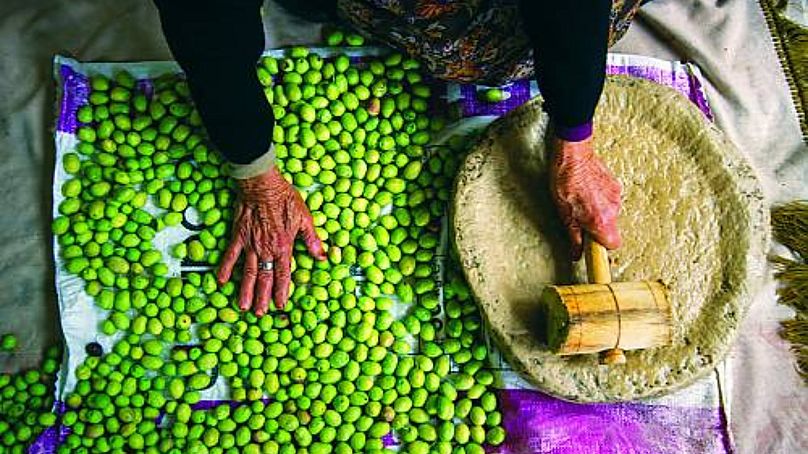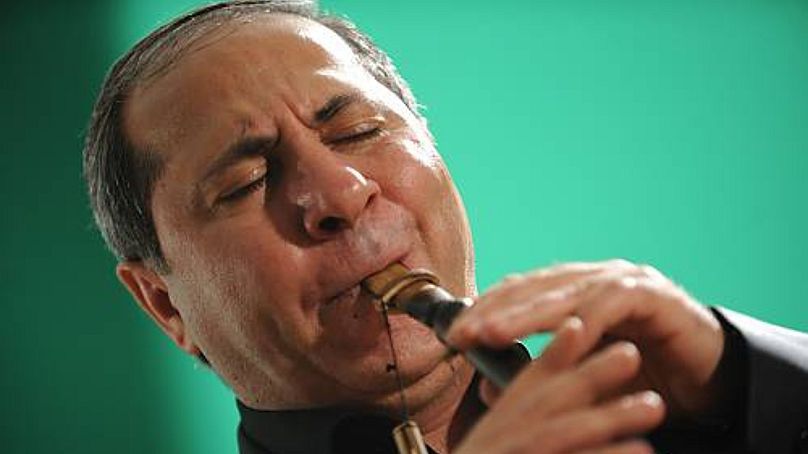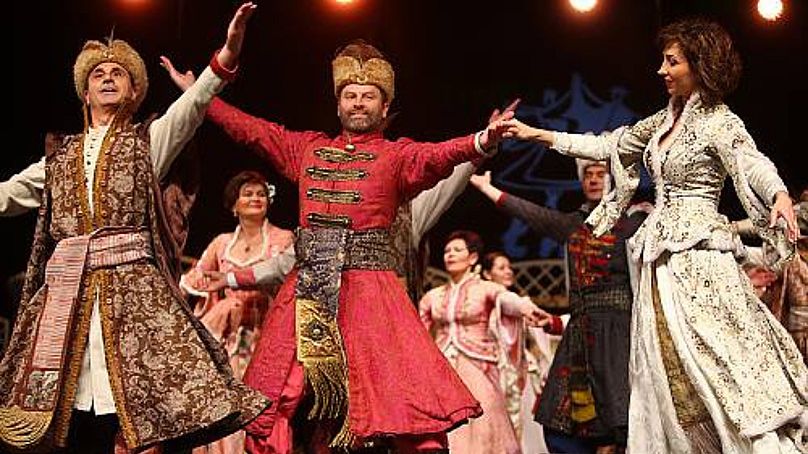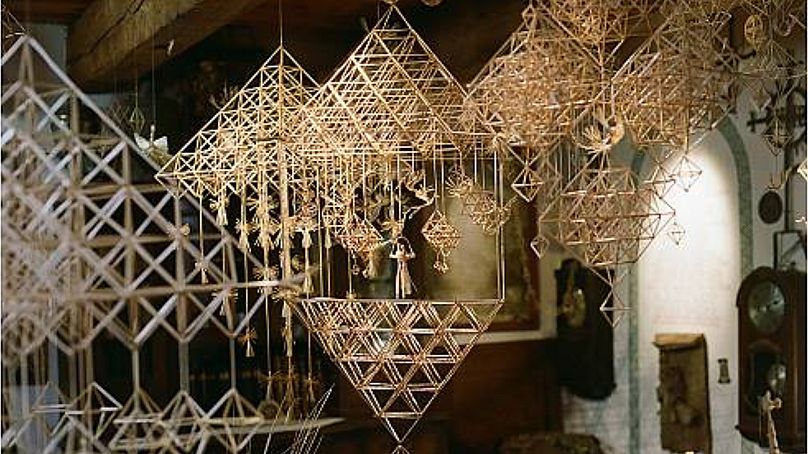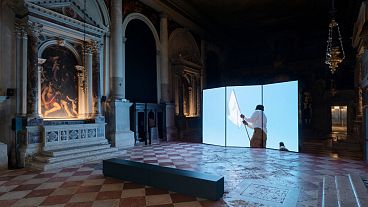While opera and midwifery require care and considerate protection, the UN-backed association also listed Türkiye's olive cultivation as a practice in need of urgent safeguarding.
Every year, UNESCO meets to add to its list of intangible cultural heritage. This year, the organisation has added 56 new practices to the list, including Italian opera, rickshaw painting in Dhaka, and a traditional Palestinian dance.
Unlike the World Heritage Site list which focuses on physical spaces, UNESCO’s list of Intangible Cultural Heritage seeks to recognise and protect cultural traditions.
After meeting in Kasane, a town in Botswana, UNESCO has inscribed 56 new living heritage elements to the list. The register of intangible cultural heritage has now grown to 694 elements over 140 countries, since it was first created in 2003.
As part of adding the practices to the register, UNESCO also designates whether element is in urgent need of safeguarding. Six of the new elements were considered in need of protection.
We’ve listed the European elements that have been added this year.
In need of urgent safeguarding:
Olive cultivation – Türkiye
Olive cultivation isn’t just about farming in Türkiye, it’s been a part of the area’s culture for centuries and features at the centre of many dates on the folk calendar, as well as inspiring rituals, festivals, dances and feasts.
It’s the only European practice of the six that have been added to the list of elements in need of urgent safeguarding by UNESCO.
List of intangible heritage:
Opera singing – Italy
Perhaps the biggest headline practice to be added this year. Although already well-known across Europe and the world, the unique practice of reverberating the voice to reach higher volumes for storytelling purposes has now been officially added to UNESCO’s list
Alpine pasture seasons – Switzerland
Every year, alpine farmers take their cattle, sheep and goats up to high-altitude pastures between May and October.
Mey – Türkiye
Also known as Balaban in Azerbaijan, Mey is a Turkish woodwind instrument.
Pearl craftmanship – Türkiye
Also practised in Azerbaijan. Mother of pearl is inlaid into wooden objects such as Koran cases and musical instruments.
Iftar – Türkiye
Also known as Eftari and Iftor, Iftar is practised in Muslim countries such as Türkiye, as well as Azerbaijan, Iran, and Uzbekistan. It encompasses the traditions that follow sunset during the month of Ramadan.
Glass production – Czechia, Finland, France, Germany, Hungary and Spain
The tradition of glass-blowing and combining hot and cold glass is recognised as a tradition across all six of these European nations.
Village Festa – Malta
Every year, Malta and Gozo host the festa season from April until October, all leading up to a final day celebration where a statue is taken through the community by a procession.
Midwifery – Cyprus, Germany and Slovenia
Also recognised as a cultural practice in Colombia, Kyrgyzstan, Nigeria and Togo, midwifery is the tradition of companions supporting pregnant women throughout and after their experience of childbirth.
Polonaise – Poland
Polonaise is a joyful traditional dance where one pair starts a pattern that is then copied by up to several hundred more dancers.
Rotterdam Summer Carnival – the Netherlands
The annual carnival combines the cultural practices of the Rotterdam’s European, Caribbean, South American and African heritages.
Sodai straw gardens – Lithuania
Sodai straw gardens are stunning ornaments that hang in Lithuanian homes, made from cultivated rye grain and symbolising fertility and prosperity.
Gyumri blacksmithing – Armenia
In the city of Gyumri, the century-old tradition of blacksmithing that almost completely disappeared across the rest of Armenia has remained.
Traditional irrigation – Austria, Belgium, Italy, Luxembourg, the Netherlands and Switzerland
Using gravity and the natural landscape, traditional irrigation has been central to the development of cultures across Europe.
Transhumance – Albania, Andorra, Austria, Croatia, France, Greece, Italy, Luxembourg, Romania and Spain
Across many nations of Europe, annual migrations of people alongside their animals take place between the spring and autumn seasons.

